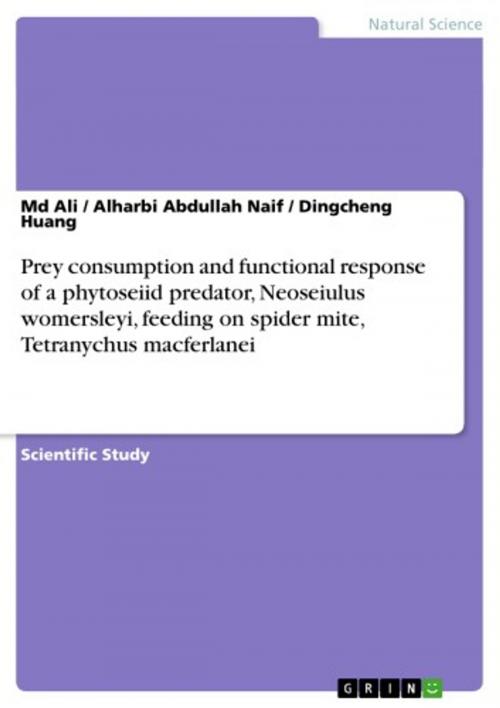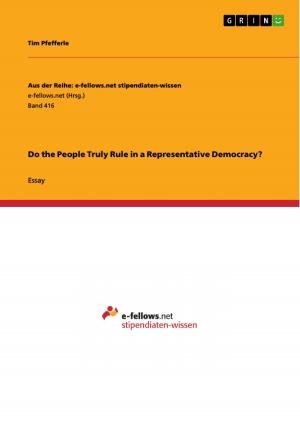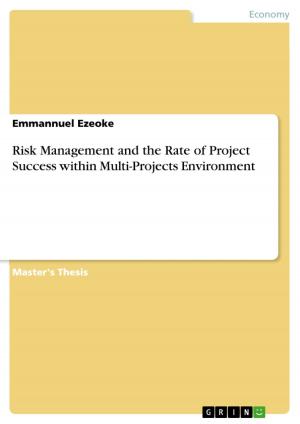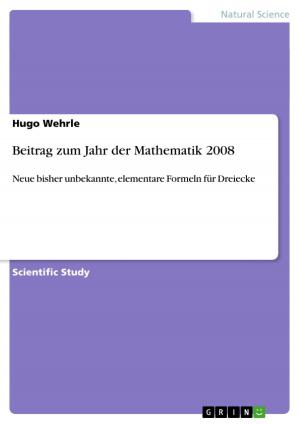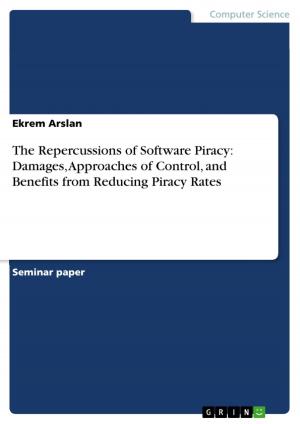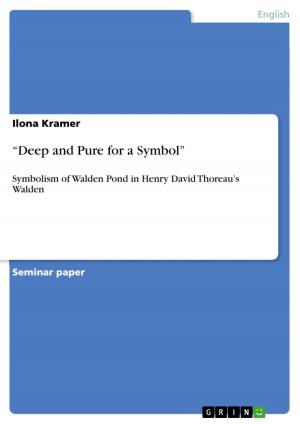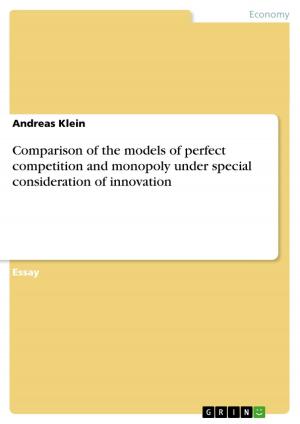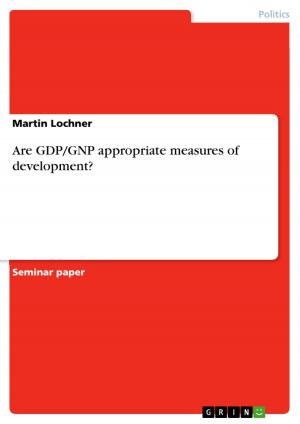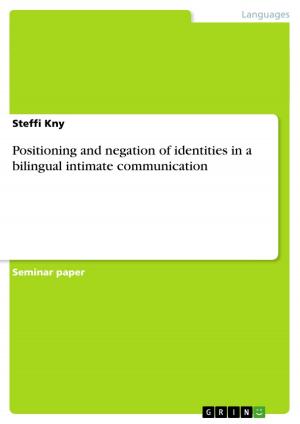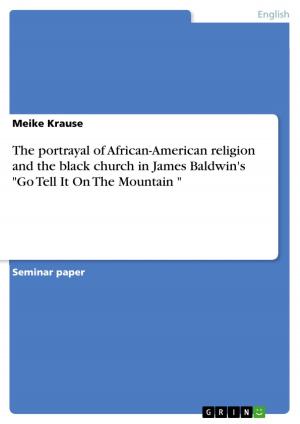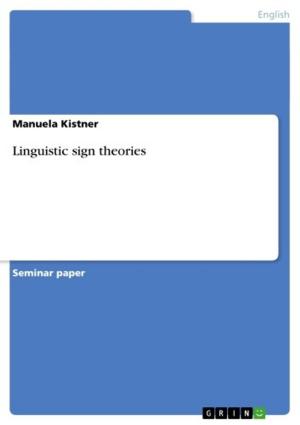Prey consumption and functional response of a phytoseiid predator, Neoseiulus womersleyi, feeding on spider mite, Tetranychus macferlanei
Nonfiction, Science & Nature, Science, Biological Sciences, Zoology| Author: | Md Ali, Alharbi Abdullah Naif, Dingcheng Huang | ISBN: | 9783656252269 |
| Publisher: | GRIN Publishing | Publication: | August 3, 2012 |
| Imprint: | GRIN Publishing | Language: | English |
| Author: | Md Ali, Alharbi Abdullah Naif, Dingcheng Huang |
| ISBN: | 9783656252269 |
| Publisher: | GRIN Publishing |
| Publication: | August 3, 2012 |
| Imprint: | GRIN Publishing |
| Language: | English |
Scientific Study from the year 2012 in the subject Biology - Zoology, , language: English, abstract: The spider mite, Tetranychus macferlani (Baker and Pritchard) (Acari: Tetranychidae) is a pest of various crops and trees with a cosmopolitan geographic range that includes the country of Bangladesh. This study was conducted to evaluate the biological control potential of the predacious mite, Neoseiulus womersleyi (Schicha) (Acari: Phytoseiidae), against T. macferlani. The consumption rate (when offered egg, larvae, protonymph, and deutonymph as prey) and functional responses (over different prey densities) of N. womersleyi were investigated in laboratory experiments. Experimental results showed that the predator consumed significantly more larvae than other stages of T. macfarlanei. Logistic regression indicated that the predator exhibited a Type II functional response on all immature stages of prey; the number of prey consumed increased with prey density up to a maximum after which it slowly decreased. The attack rate (a) and handling time (Th) coefficients of a Type II response were estimated by fitting Holling's disc equation to the data. The lowest estimated value of a and the highest value of Th were obtained for the predator feeding on deutonymphs. The lowest value of Th was obtained for the predator feeding on larvae. However, the attack rate on larvae was not significantly different than the attack rate obtained on eggs and protonymphs. The predicted maximum daily prey consumption was 212.8 eggs, 238.1 larvae, 53.5 protonymphs, and 29.6 deutonymphs. Thus, our results suggest that N. womersleyi could be a highly efficient biological control agent of T. macfarlanei at least at low prey densities, although field studies are needed to draw firm conclusions.
Scientific Study from the year 2012 in the subject Biology - Zoology, , language: English, abstract: The spider mite, Tetranychus macferlani (Baker and Pritchard) (Acari: Tetranychidae) is a pest of various crops and trees with a cosmopolitan geographic range that includes the country of Bangladesh. This study was conducted to evaluate the biological control potential of the predacious mite, Neoseiulus womersleyi (Schicha) (Acari: Phytoseiidae), against T. macferlani. The consumption rate (when offered egg, larvae, protonymph, and deutonymph as prey) and functional responses (over different prey densities) of N. womersleyi were investigated in laboratory experiments. Experimental results showed that the predator consumed significantly more larvae than other stages of T. macfarlanei. Logistic regression indicated that the predator exhibited a Type II functional response on all immature stages of prey; the number of prey consumed increased with prey density up to a maximum after which it slowly decreased. The attack rate (a) and handling time (Th) coefficients of a Type II response were estimated by fitting Holling's disc equation to the data. The lowest estimated value of a and the highest value of Th were obtained for the predator feeding on deutonymphs. The lowest value of Th was obtained for the predator feeding on larvae. However, the attack rate on larvae was not significantly different than the attack rate obtained on eggs and protonymphs. The predicted maximum daily prey consumption was 212.8 eggs, 238.1 larvae, 53.5 protonymphs, and 29.6 deutonymphs. Thus, our results suggest that N. womersleyi could be a highly efficient biological control agent of T. macfarlanei at least at low prey densities, although field studies are needed to draw firm conclusions.
